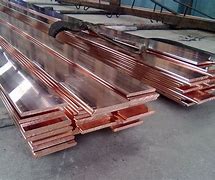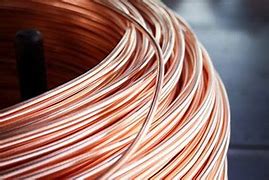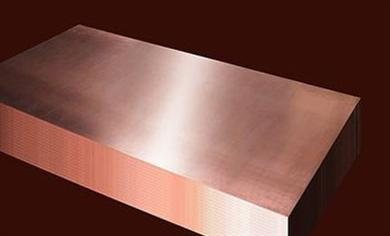**Can a Leaky Copper Pipe Play Plumber and Heal Itself?**
(Will A Dripping Copper Pipe Fix Itself)
Picture this: a tiny drip from a copper pipe under your sink keeps rhythm like a metronome. You wonder—will this problem magically disappear if you ignore it? Let’s dig into the quirky science behind copper pipes and whether they have a secret talent for self-repair.
Copper pipes are popular for good reason. They’re tough, resist corrosion, and handle heat well. But even superheroes have weaknesses. Over time, minerals in water, temperature swings, or plain old wear can create pinhole leaks. Now, here’s where things get interesting. Copper does react to water and air. When a leak forms, the exposed metal might oxidize, forming a thin layer of corrosion. Sometimes, minerals in the water—like calcium or magnesium—can stick to the leak spot, building up a crust.
Does this crust act like a Band-Aid? Maybe. In rare cases, tiny leaks might slow down or even stop temporarily if the mineral buildup plugs the hole. But don’t throw a party yet. This isn’t a real fix. The pipe isn’t healing—it’s just buying time. The leak could come back once water pressure shifts or the crust breaks down.
Think of it like a snowball fight. If you pack a snowball tight, it holds shape… until it smacks a wall. The mineral crust is that fragile snowball. It might hide the leak for a bit, but it won’t survive heavy use or pressure changes.
What decides whether a leak “fixes” itself? A few things. Water pressure matters. High pressure blasts through weak spots faster. The leak’s size plays a role too. A pinhole might get clogged easier than a gaping crack. The pipe’s age is also key. Older pipes, already worn thin, are less likely to form a stable crust.
Here’s the catch: counting on a pipe to self-repair is like trusting a umbrella in a hurricane. Sure, maybe it’ll hold—but probably not. Small leaks can balloon into floods, mold, or water damage. Plus, that crusty mineral plug? It might hide a bigger problem, like corrosion spreading inside the pipe.
Temporary fixes exist. Pipe clamps, epoxy putty, or rubber patches can slow a leak. These are quick bandaids, not cures. They’re handy for buying time until a pro shows up. But let’s be real—copper pipes can’t actually heal. They’re metal, not living tissue.
Why do people believe pipes might fix themselves? Wishful thinking, maybe. Or confusion about how oxidation works. Copper’s greenish patina (that stuff on old statues) does protect against rust, but it forms over years—not days. A dripping pipe needs attention, not fairy tales.
Ignoring a leak is risky. Water finds a way. It seeps into walls, floors, or ceilings. It invites mold, weakens structures, and jacks up your water bill. Even a tiny drip wastes gallons monthly.
(Will A Dripping Copper Pipe Fix Itself)
The bottom line? Copper pipes are reliable, but they’re not magic. If you spot a leak, don’t wait for a miracle. Call a plumber. They’ll solder the crack, replace the damaged section, or suggest upgrades. Your pipe might be a tough cookie, but it’s not writing its own repair manual anytime soon.
Inquiry us
if you want to want to know more, please feel free to contact us. (nanotrun@yahoo.com)



